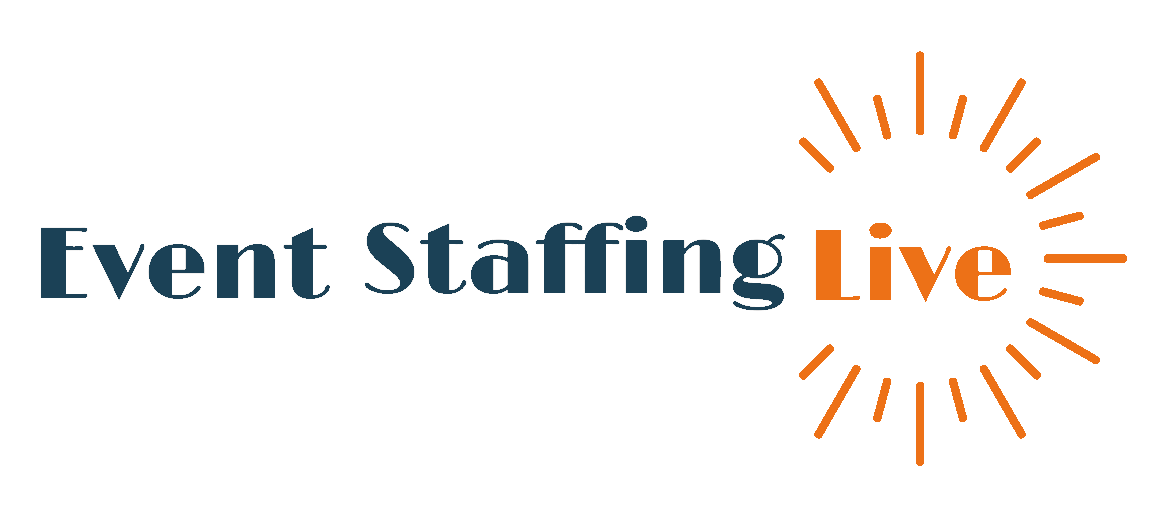Back to Campus Tours: Why Brands Should Take Notice
Every fall, millions of students return to campus. For brands, this moment is a chance to connect with one of the most influential consumer groups in a direct and personal way. Back to campus tours create an environment where students are open to new products, fresh experiences, and meaningful interactions. Brands that invest in these activations reach students at a critical life stage. They are setting up new routines, exploring identities, and forming loyalties. Meeting them in these moments can shape long-term relationships.
Why campuses matter
College students are not only short-term buyers. They are trendsetters who influence peers, siblings, and even parents. They create and consume content daily, often amplifying what they see on campus to wider networks. The lifetime value of winning their attention is high. Back to campus tours place your brand inside the rhythms of campus life. You are not competing for attention in crowded digital feeds. You are showing up in the spaces where students live, study, and socialize. The context makes the interaction stronger.
What works on campus
The best activations are practical, shareable, and rooted in student needs. A dorm move-in kit. A hydration station on a hot game day. A mobile pop-up offering fresh snacks during late study nights. When you align with student routines, you create immediate value. Sampling is powerful. Food, beverages, wellness products, and tech accessories all lend themselves to trial. Students are willing to experiment, and if they like what they try, they often become repeat customers. Interactive elements help amplify reach. Photo walls, digital try-on booths, or gamified experiences encourage students to share content. Every post extends the impact of your tour stop beyond campus.
Why timing matters
Move-in week and orientation are natural entry points. Students are adjusting to a new year and often searching for products to make life easier. Football weekends and homecoming bring large crowds and create festive atmospheres. Finals week provides opportunities for activations that support wellness, focus, and stress relief. By timing activations with these high-energy moments, brands tap into built-in excitement. The association between your product and a memorable event strengthens recall.
Adding depth through partnerships
Working with campus organizations adds credibility. Collaborating with student groups, athletic programs, or campus wellness centers helps brands gain trust and access. Partnerships also allow activations to scale. A brand that integrates with official events gains more visibility and stronger attendance.
Influencers also play a role. Students trust peers who share authentic experiences. Micro-influencers on campus extend the reach of a tour stop into digital spaces where traditional advertising feels out of place.
The value of giving back
Students respect brands that show social responsibility. Food donations, scholarships, sustainability programs, and campus improvements create goodwill. These efforts are ethical and strategic. They signal that a brand understands student priorities and is invested in the community. An activation that combines product sampling with a cause has more staying power. For example, distributing snack packs while supporting the campus food pantry ties generosity with brand awareness.
Data and insights
Campus activations are rich in data. QR codes, sign-ups, and mobile interactions allow brands to measure engagement. Understanding which products students sample, which content they share, and which experiences they revisit provides actionable insights. These insights guide not only campus strategies but broader youth marketing campaigns.
Building the right framework
To succeed, brands should approach campus tours with structure.
Select campuses strategically. Look at size, demographics, and influence.
Design experiences that serve a student need while showcasing your product.
Train staff to act as brand ambassadors, not salespeople. Authenticity matters.
Equip activations with content capture tools to extend reach online.
Measure results through participation, digital engagement, and conversion.
Adjust for each campus to reflect local culture and student life.
This framework ensures activations are not one-off stunts but part of a larger brand strategy.
Why this moment is worth the investment
Brands face growing challenges reaching Gen Z. Traditional ads are ignored, and digital clutter makes attention scarce. Back to campus tours cut through noise. They give students real experiences. They create memories and relationships that digital campaigns alone cannot achieve.
Students who engage with a brand on campus often carry that loyalty into post-college life. The early investment pays off in repeat purchases, word-of-mouth, and stronger brand equity. Back to campus tours are not seasonal gimmicks. They build relevance with the next generation of consumers. Brands that show up with intention, add value to student life, and foster authentic interactions stand out. The campuses of today hold the customers, leaders, and influencers of tomorrow. Engaging them now is a smart long-term move.
Ready to make your brand part of campus life? At Event Staffing Live, we share insights that help brands connect with students through meaningful, on-campus experiences. Discover how to build activations that engage Gen Z, create loyalty, and turn every tour stop into lasting brand impact.
Key Takeaways
Back to campus tours connect brands with students during key decision-making moments.
Campus activations build emotional ties that last beyond the event.
Timing and relevance make student engagement more effective than traditional advertising.Partnerships, sampling, and social responsibility increase trust and visibility.
Measured insights turn each activation into long-term brand learning.
FAQs
1. Why should brands invest in back to campus tours?
They offer direct access to Gen Z in real settings. Students engage more deeply with brands they experience in person compared to online ads.
2. What types of activations work best on college campuses?
Interactive experiences, free samples, and helpful resources tied to student routines perform well. Campaigns that include photo ops or social sharing elements expand reach organically.
3. How can brands measure the success of campus activations?
Track participation, digital engagement, and conversions through QR codes or sign-ups. Collect feedback and analyze which experiences generate the most interaction and repeat engagement.
